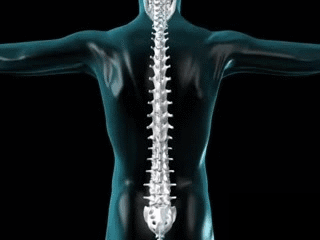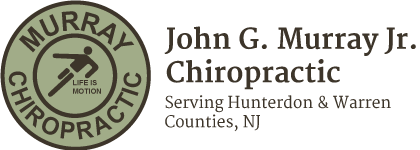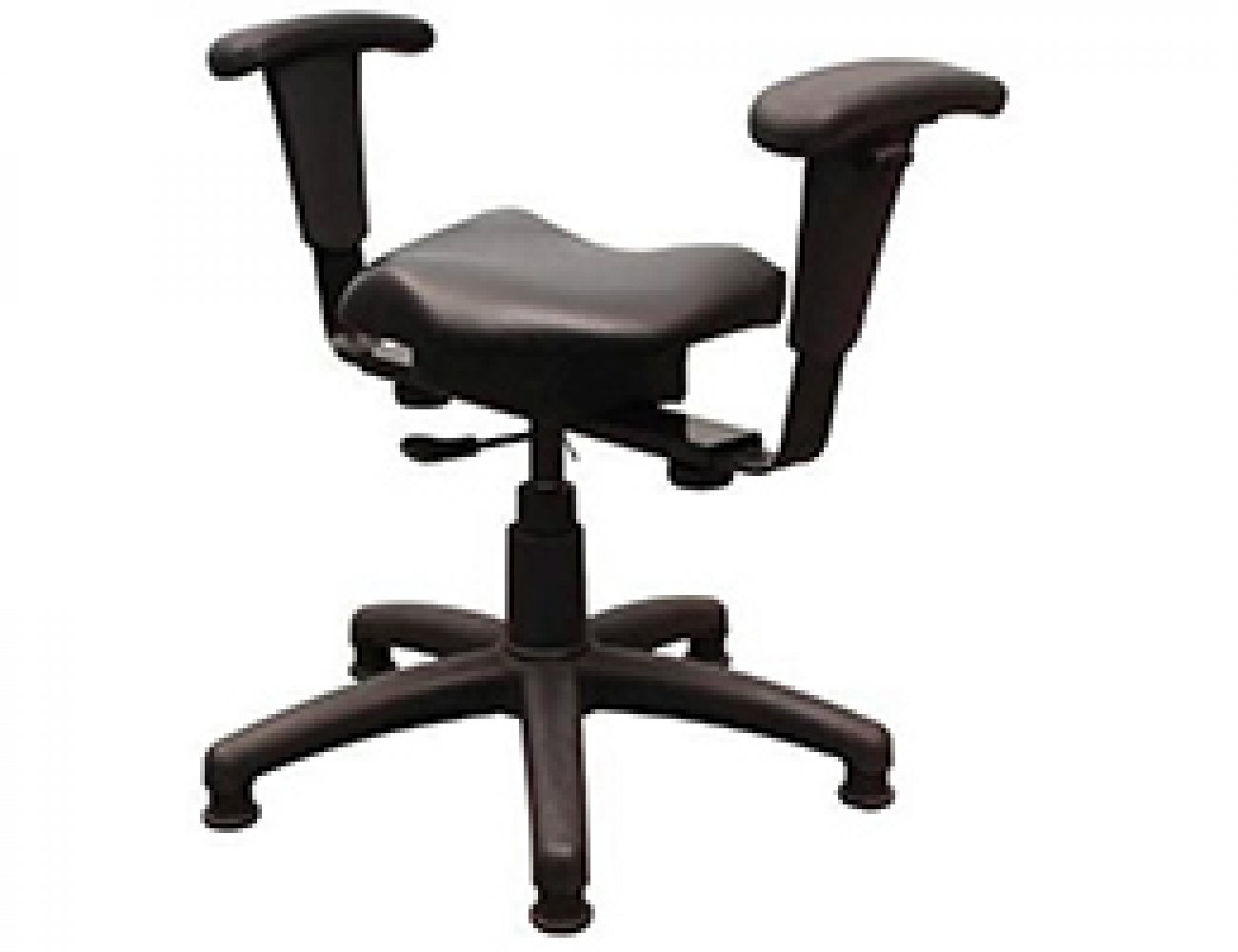Dr John with an new topic, and as you know, life is motion. That’s what we talked about all the time in our office. If you want to improve how you feel in life, one of the greatest things you can do is activate motion. What chiropractic does is activates promotion on a segmental level. Our goal, with every adjustment is to activate normal physiologic range of motion in the joints of the spine and your extremities. And when you do that, an undeniable cascade of constructive neurology, that’s going to help your body adapt better to stresses takes place. There’s a panacea of good that happens when you move, even if you don’t feel like moving you still want to try to move as best you can.
Well I’m here to talk to him about something today that fits in with what we do overall, this movement concept. And that’s called spinal remodeling. It’s done using a tool called the wobble chair.
Spinal Remodeling With the Wobble Chair
The way your discs stay healthy and keep nourishment in hydration is first of all, put nourishment and hydration in your body. Good food, good quantities of water, bone broth college, and those things are great nutritional supplements for your joints. Great Food, great food for your joints, but the other food you need is motion. So we’re here looking at this spine. This is the spine I’ve had since college, so, uh, it’s almost as old as me, but anyway, you can see it looks a little worn, but so this represents what we would say is an arthritic spine, but what we want to do through the spinal remodeling and tai chi does this. The adjustment does this, but this is your therapeutic thing you should do when you come in. The office is good on those weird little chairs, those wobble chairs.
And here’s why you want to do that. You’re going to load and unload these discs. Notice if I lean backwards, there’s open wedges on the front. If I lean forward, you’re going to get open wedges on the backside where those bumpy bones are. What you’re doing is unloading. When you bend backwards, the front part of the joint, the disc, and you’re loading the back part. That’s creating a pressure differential within the disc. Under the low pressure side, the open wedge, the unloaded side, nutrients are going to seep in. Under the high pressure side where there’s a closed wedge, where we’re increasing pressure, you’re going to expunge and squeeze water and toxins out of that joint area.  There’s capillary beds in the surface of the of the bones above and below, and when you do this loading and unloading, whether it’s front to back or side to side, you’re creating a pressure differential that’s going to bring nutrients and waste products out. That’s how you have to get nutrients into your spine. Same thing with your cartilage in your knees. There’s going to be a loading and unloading as you walk or stretch or ride a bicycle.
There’s capillary beds in the surface of the of the bones above and below, and when you do this loading and unloading, whether it’s front to back or side to side, you’re creating a pressure differential that’s going to bring nutrients and waste products out. That’s how you have to get nutrients into your spine. Same thing with your cartilage in your knees. There’s going to be a loading and unloading as you walk or stretch or ride a bicycle.
So here’s how you do the wobble chair. You want to sit on the chair and there’s a little handle. You can adjust the height of the chair. What do I want to make this so that my knees are about a 90 degree angle with my thought and my hips at the thigh or in 90 degrees, and what I’m going to simply do is nice and slowly arch forward,s o now I’m pretty good open wedge on the front, then round my back towards the backside, creating an open wedge on the back, so I’m getting this pressure… this loading and unloading effect that’s creating pressure differentials within the disc, activating an exchange of nutrients and waste products in and out of that disk.
It’s also sending signals to your brain. Your brain’s going, wow, this is moving again. Wow. It hasn’t moved in a while. That’s what happens when you start getting adjusted. You start to create a body brain connection that’s undeniable. All your organ systems are going to be regulated more accurately relative to your environment. You’ll break up patterns of chronic stress and all kinds of things. So here you just to kind of do like 20 of these, nice and easy. Keep it simple. If you’re in pain, you’re going to keep it small. Don’t go into pain. You don’t want to put your hand on a hot stove, do you? You don’t want to put your body into a position of pain either. So you’ll do like 20 of those both ways. Okay. Total of 20. Then you go to the side to side.
Notice how I’m keeping my upper body’s still. I’m not leaning. I’m not doing this. Okay. I’ll give you my upper body relatively still and start small. Start small. Now the difference between this and then you can do little circles, nice and easy. The difference between the wobble chair and let’s say an exercise ball which you say, well I can just do this on an exercise ball. You can approximate what’s happening with an exercise ball, but the differences is that the axis of rotation of this wobble chair is the same diameter as my lumbar disc. The average lumbar disc and a human being. Whereas the exercise ball, the axis of rotation is the size of your posterior, and the ball that you’re sitting. So it’s kind of project forces up higher. You’re not going to quite get into the L5 and L4 lower disc area where most people have the problems.
Now this is also working my core musculature because my core musculature has to engage in order to do these movements. So a lot of things are happening. Circulation lymph, this exchange of nutrients within and without of the disk and as pressure gradients change. So open wedge, closed. Wedge, open, wedge on the front, closed wedge on the front. Okay, side to side. Okay, so 20 doesn’t take long to do it. Nice and slow. Come in the office. Who cares how you look, you’re gonna. Help yourself. This is therapeutic exercise folks. This isn’t some malarkey. Okay? Do it. You will get results. If you ignore it, you’ll see the results of that as well.
So anyway, just get in here, get on the wobble chairs 20 each way there’s an x shaped pattern. We’ll get into that in another video, but just do the side to side, front to back and little circles, but make sure you do in both directions as you do this, take some deep breaths. Don’t hold your breath. Take some deep breaths and another video. We’ll discuss more things on tai chi, warm up stretching, and Chigong. You can do everything with this chair does without any equipment at all, with a little more focus in a little more effort, but this is very basic. It’s in our office. You can get started on it. Next visit. Wobble chair, spinal remodeling, pressure gradient, differentials. Okay. Hope you learned something today. Have a great day.


